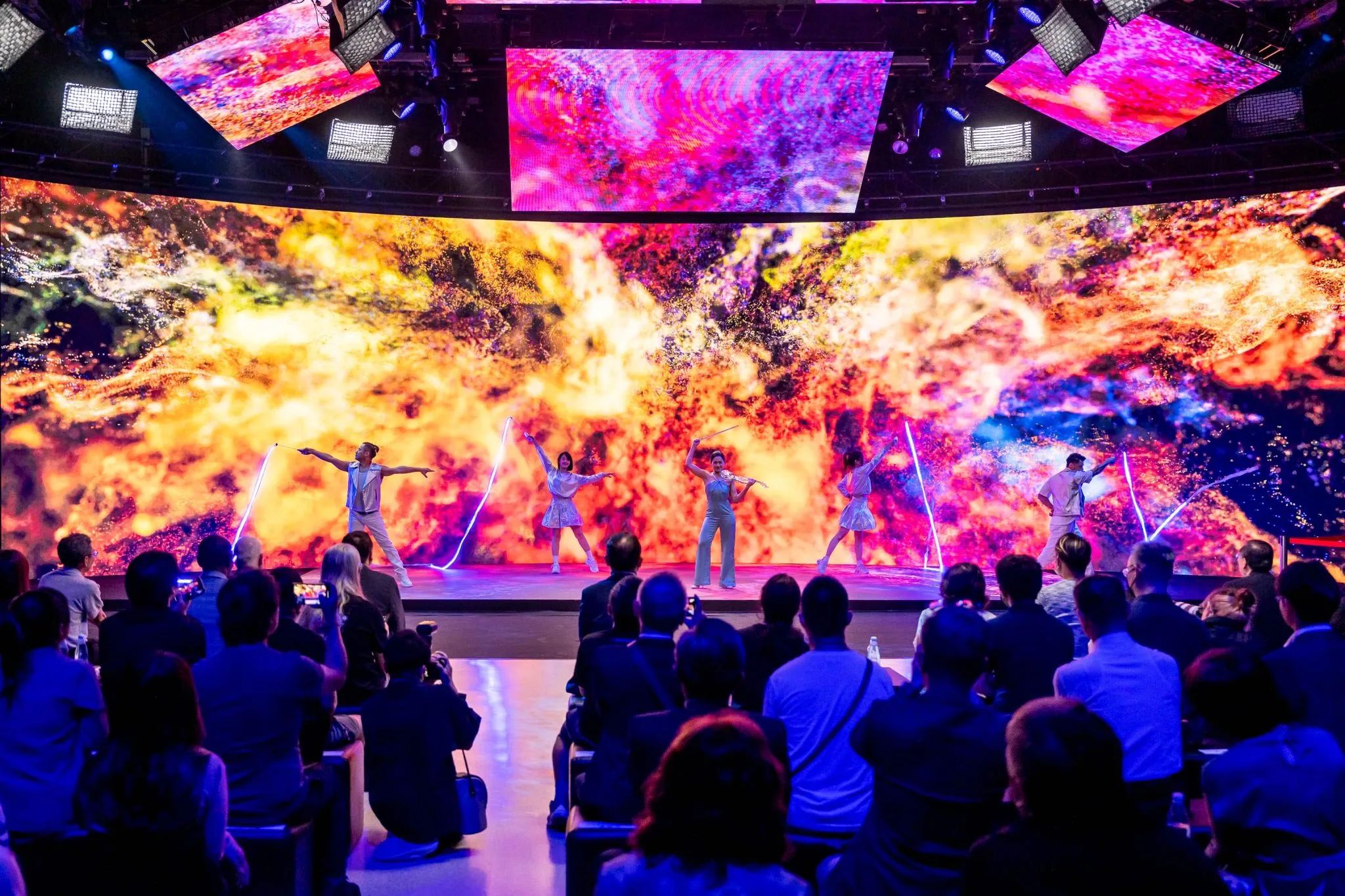Theater has always been about illusion, craft, and emotional storytelling. But in the past two decades, technology has taken on a starring role in shaping how stories are built and shared on stage. Directors, designers, and technicians now have tools that stretch imagination beyond the physical limits of wood, fabric, and paint.
This shift is not about turning theater into cinema or virtual reality, but about amplifying its unique qualities. Live performance is still anchored in presence and human connection, yet digital innovations are reshaping how that connection feels in the room.
Key Points
- Stagecraft now blends physical sets with digital projection.
- Lighting and sound technologies are more intelligent and immersive.
- Automation and AI streamline both creativity and logistics.
- AR, VR, and hybrid formats expand audience engagement.
- Accessibility tools make productions more inclusive worldwide.
Reinventing Stagecraft with Digital Design
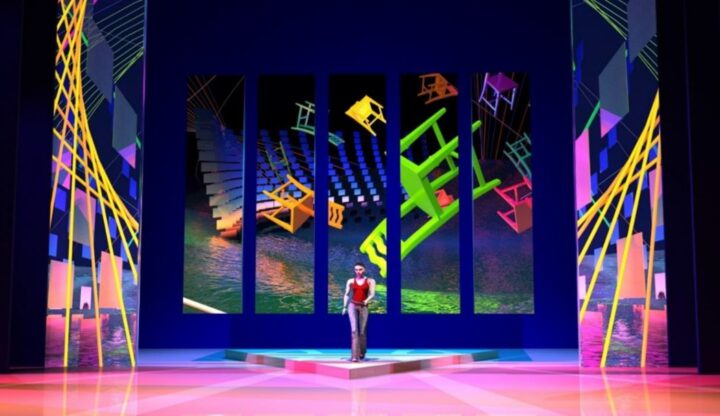
Stagecraft has long been one of theater’s most visible crafts. Traditionally, a scenic designer built towering sets from wood and canvas, requiring long hours of labor and heavy financial investment. Now, with high-definition projection mapping and LED walls, a single flat surface can become a dozen different environments.
Directors and designers often use 3D modeling software to sketch entire productions before rehearsals even begin. This allows them to test how lights, costumes, and actors will look together without spending a dime on construction. When the real set is built, it’s sharper, lighter, and more adaptable.
- Projection mapping turns flat backdrops into immersive landscapes.
- Virtual pre-visualization tools save time and money in planning.
- LED panels allow for fast shifts between settings without bulky scenery.
This isn’t about cutting corners. It’s about allowing more daring visions to appear on stage while keeping productions sustainable and tour-friendly.
A live theater professional can now turn to curated collections of apps that cover every aspect of technical production – from sound and lighting control to scheduling, rehearsal tracking, and even audience engagement. These tools aren’t limited to technicians; actors, directors, and theater enthusiasts are finding new ways to enhance their theatrical experience through them.
Lighting and Sound: Smarter Than Ever
Theater lighting used to be a matter of floodlights, spotlights, and gels. Today, programmable LED rigs can shift colors instantly, track performers as they move, and synchronize with sound or projection cues. Designers can create naturalistic effects – like sunlight shifting during a play – or bold, surreal washes that define the mood of a scene.
Sound design has made an equally radical leap. Digital mixing boards allow multiple audio layers to weave seamlessly: live singing, prerecorded soundscapes, and ambient effects all merge without overwhelming the audience. Spatial audio is particularly transformative, giving designers the ability to move sound around the theater in real time, surrounding audiences in ways that feel cinematic but remain intimate.
This marriage of light and sound deepens immersion, not just enhancing scenes but guiding emotion. A whisper that shifts from one corner of the theater to another can unsettle, while a warm light wash can soothe – details that make audiences feel the story on a sensory level.
Automation and Robotics Behind the Curtain
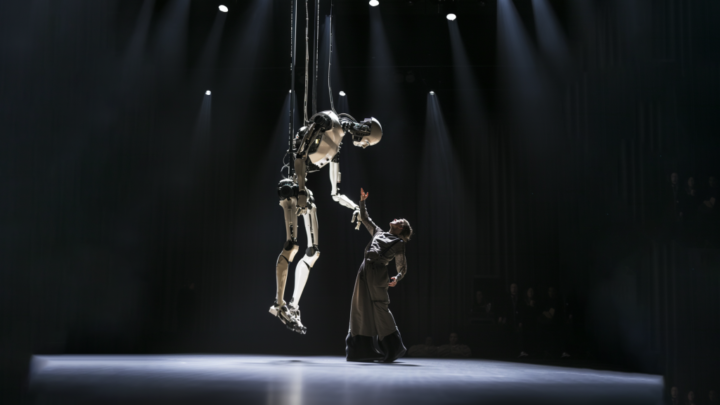
One of the least glamorous but most revolutionary shifts has been backstage. Productions once relied on teams of stagehands for every curtain drop or scenery change. While the artistry of these crews remains essential, much of the heavy lifting is now assisted by automation.
Motorized rigs can move entire walls silently. Computer-controlled fly systems lower chandeliers or performers with pinpoint accuracy. Even rotating stages, once mechanical and prone to error, now operate on smooth, programmable systems.
- Safety: Automation reduces risks of human error during complex set changes.
- Speed: Transitions between acts are quicker, keeping audience immersion intact.
- Precision: Robotics can repeat movements identically for weeks of performances.
This doesn’t replace stagehands – it frees them to focus on the finer details of production while machines handle the repetitive, weight-bearing work.
Artificial Intelligence as a Creative Partner
AI might sound distant from the artistry of theater, but its backstage uses are growing. Machine learning systems are already being tested to optimize rehearsal schedules, predict audience seating patterns, or generate real-time translations for international productions.
More creatively, AI-driven captioning and surtitles allow audiences with hearing impairments to follow along with a play. In multilingual cities, theaters can provide simultaneous translations projected discreetly for different sections of the audience.
Another area is script analysis. AI tools can scan a text and propose lighting or sound cues, giving designers a starting framework. This doesn’t diminish human artistry, but it cuts down hours of manual marking, allowing creative teams to focus on the nuanced work that makes theater resonate.
AR, VR, and Immersive Storytelling
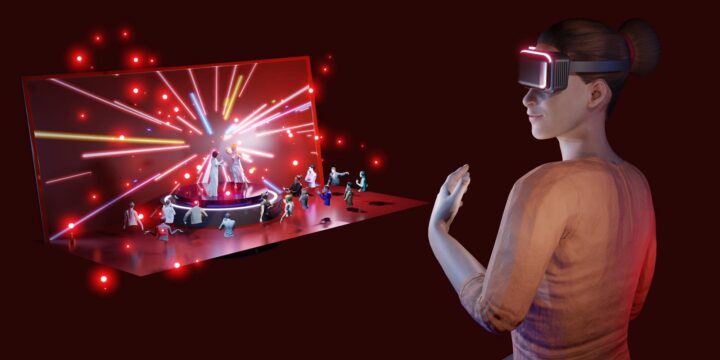
Immersion is the heartbeat of theater. Yet, with augmented reality (AR) and virtual reality (VR), productions are redefining what immersion means.
Some directors use AR projections to place digital figures on stage with actors. The audience sees these apparitions blend with real performers in real time, creating a surreal experience without relying on bulky costumes or elaborate props.
VR is rarer but growing in experimental theater. Audiences might don headsets for part of a performance, entering a parallel world connected to the live action. It’s not designed to replace the stage but to expand it, offering layers of storytelling that bend traditional boundaries.
These tools remain experimental but point to a future where theatergoers expect an experience that engages multiple senses at once.
Hybrid and Interactive Audiences
One of the most permanent shifts came out of necessity: livestreaming. During the pandemic, theaters began broadcasting shows online. Instead of abandoning this, many companies now design productions that can play equally well for an in-person and digital audience.
Hybrid productions often feature:
- Multiple camera feeds for online viewers.
- Interactive chat or Q&A sessions with the cast.
- Bonus digital content (like behind-the-scenes tours).
Inside theaters, audience interactivity is evolving too. Apps allow spectators to access program notes, vote on alternate endings in experimental plays, or see enhanced visuals synced with the show. For some, this deepens engagement. For others, the traditional “lights down, silence” model still reigns supreme – and theaters are learning how to serve both.
Accessibility and Inclusion: A Quiet Revolution
One of the most meaningful impacts of technology is accessibility. A production is no longer confined to those who can physically attend or understand the language.
- Captioning apps provide real-time text of dialogue and lyrics.
- Audio description services describe visual details for blind or visually impaired audiences.
- Streaming platforms let rural or international viewers join in.
Even small theaters can now adopt professional-grade solutions thanks to cloud-based tools and mobile apps. Technology isn’t just about spectacle – it’s about making sure more people can share in the experience of live performance.
Tradition Meets Innovation
Technology can dazzle, but it works best when it serves the story. The most successful productions integrate digital tools subtly: a light shift that matches a character’s mood, a soundscape that whispers tension without drawing attention, or a projection that expands a world without replacing human performance.
The danger lies in spectacle for its own sake. Audiences don’t come for machines – they come for connection. As long as innovation remains in service of storytelling, theater will continue to thrive as both a centuries-old art and a forward-looking medium.
The Future of Live Theater Production
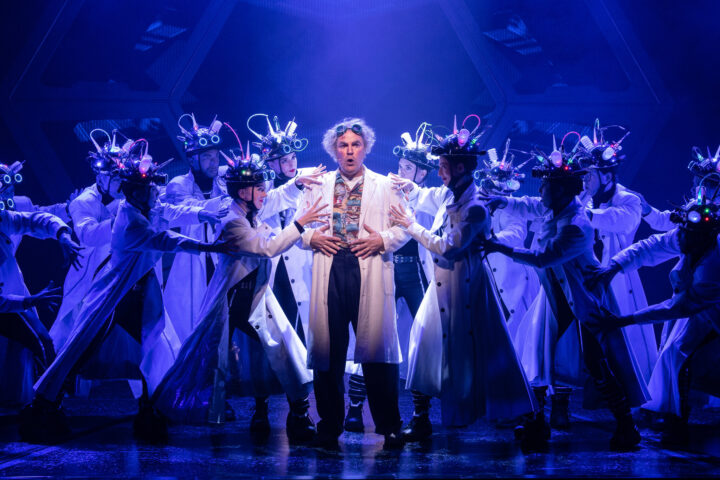
What’s next? Some possibilities are already on the horizon: holographic actors who interact with live performers, biometric sensors that adjust stage elements based on audience reactions, or AI systems that design adaptive sets that evolve through a performance.
Yet, no matter how far technology advances, the essence of theater is unlikely to change. It is still people gathered in a room, experiencing something fleeting and unrepeatable. Technology is not replacing that magic – it’s simply providing new ways to heighten it.
Conclusion
Technology has transformed every corner of live theater, from how sets are built to how stories are told and heard. With projection, automation, AI, AR, and hybrid streaming, productions are more flexible, inclusive, and ambitious than ever.
Still, the core remains timeless: the electricity of live performance. Technology may change the stage, but the human heartbeat of theater is what keeps audiences coming back.

